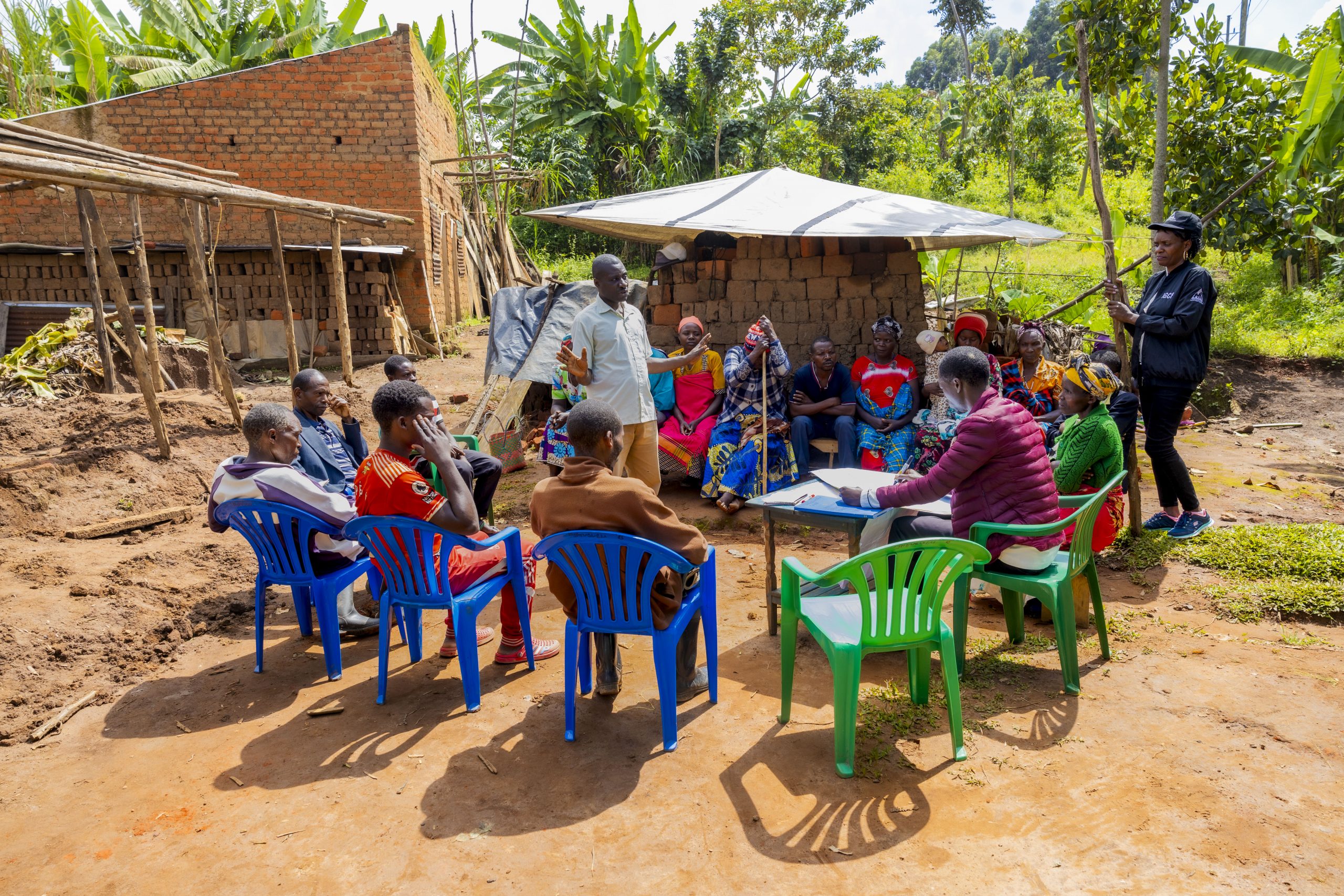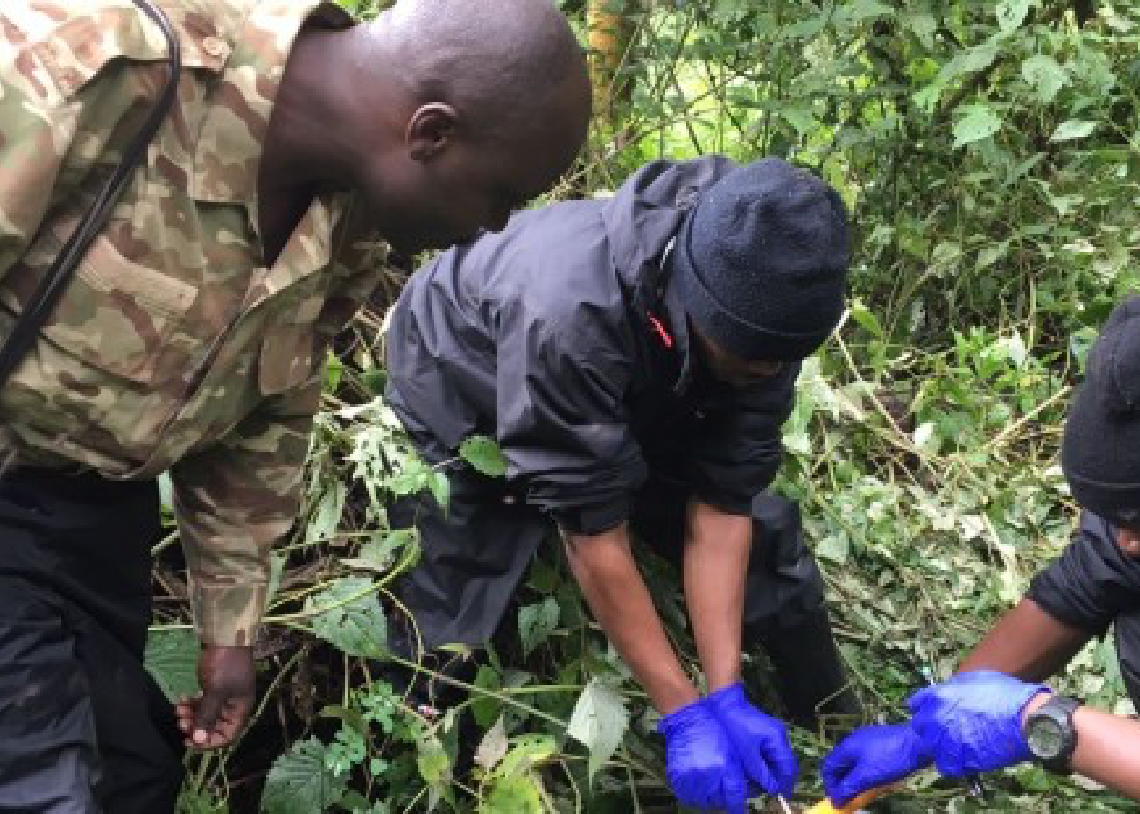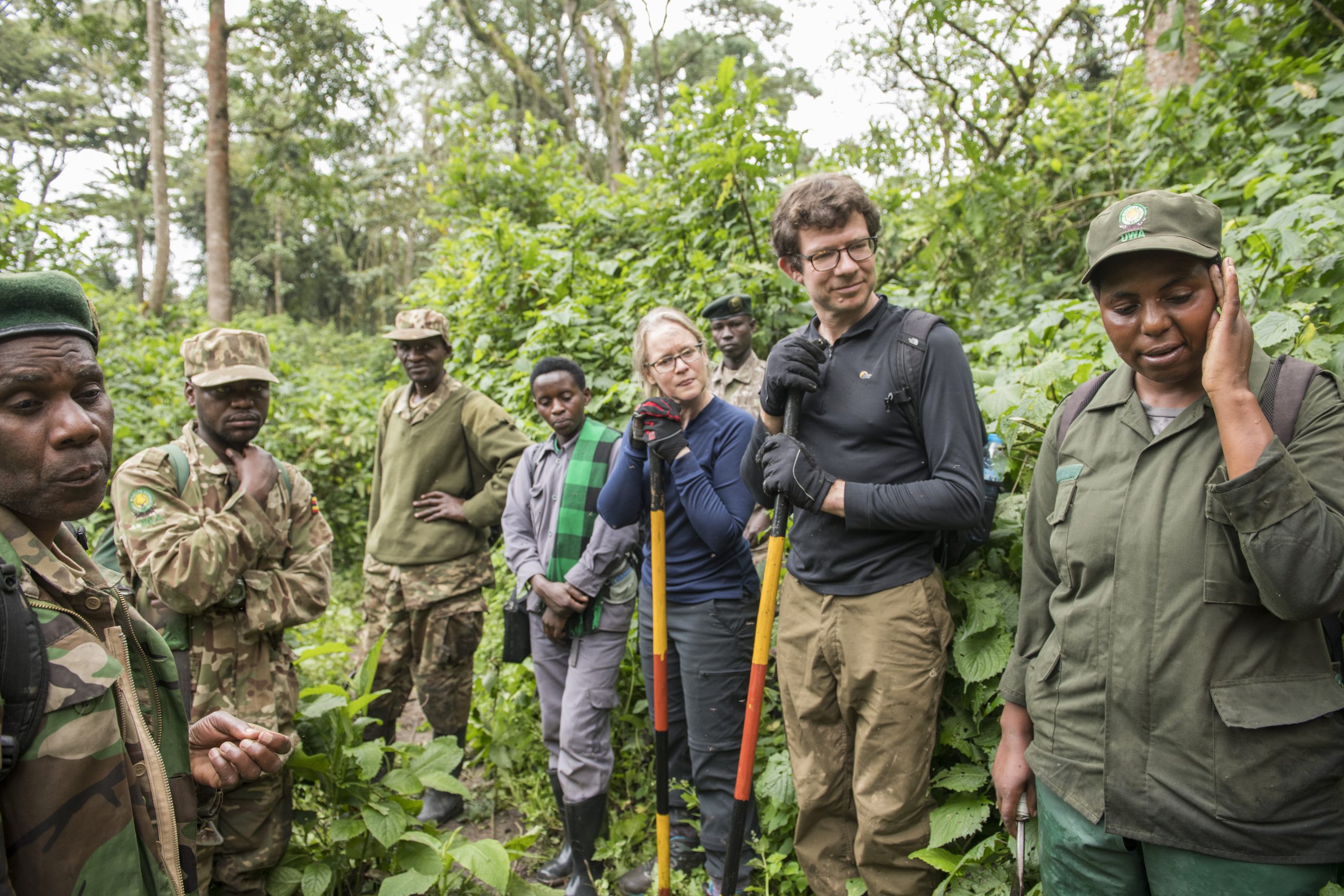Community Engagement
Attitudes and behaviors of park adjacent communities play a central role in outcomes for mountain gorillas, today and for generations to come.
Mountain gorilla conservation and tourism contribute substantially to community development and livelihood improvement in the region. But research has indicated that inequitable access to and distribution of revenue and benefits among and within these communities undermines the success of conservation.
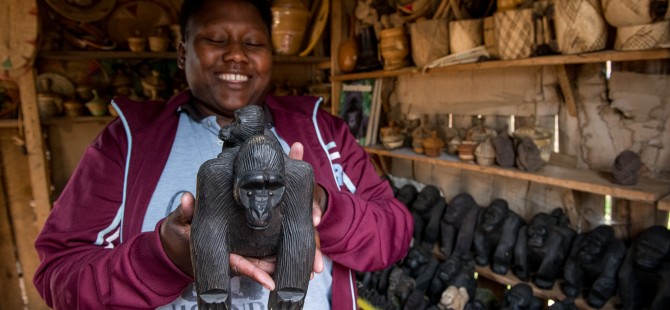
For the strategic period 2018 – 2024, IGCP will refocus our efforts on effective community engagement, improved governance, inclusivity in decision-making on natural resource use, as well as revenue and benefits sharing.
We have partnered with local and national CBOs and CSOs to provide technical and financial support to encourage and enable:
- Structural organization and governance
- Improved accountability of organizations to their members and beneficiaries
- Increased capacity for community-based planning and monitoring
- Improved access and more equitable and transparent use of revenue and other benefits from tourism and natural resources.
- Increased capacity for human wildlife conflict monitoring and mitigation
- A strong regional network of civil society organizations
Gaining support for conservation is not simply a question of ensuring that local communities derive financial benefit from conservation activities. It also involves forging and strengthening links with local populations through broader initiatives that address issues such as public health, environmental education, and human-wildlife conflict resolution. IGCP works with the park authorities in Rwanda, Uganda and the Democratic Republic of Congo (DRC) to develop a more inclusive approach to conservation and park management.
Human-wildlife conflict
In all three countries, crop raiding by buffalos, elephants and, more rarely, gorillas remain a challenge. Prevention of crop raiding is achieved through a variety of means.
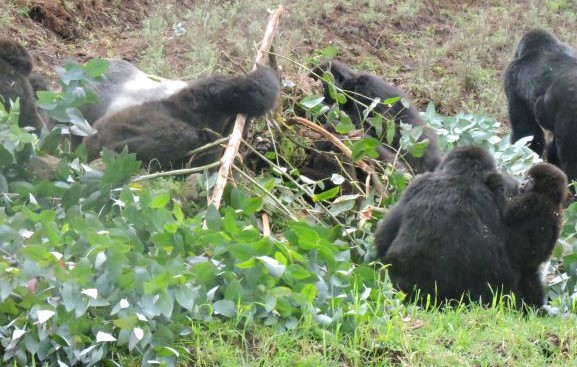
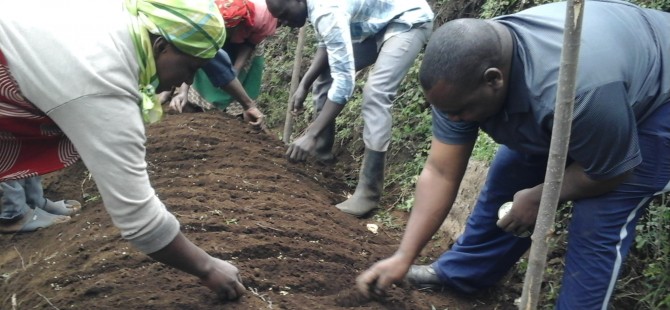
HUGO
To address the specific issue of gorillas leaving the parks and crop raiding, IGCP has developed the human-gorilla conflict resolution (HUGO) program, recruiting people from the villages to function as “quick response” teams that herd gorillas back into the forest.
The program, operating around BINP, is a collaborative voluntary program of Uganda Wildlife Authority (UWA), the local governments, the affected park edge communities and IGCP. Together we identify the causes of the conflict between human beings and gorillas, conduct research on methodologies for land-use changes, and develop appropriate and effective responses to incidents.
The Buffalo Wall
-
76.32km
Built of dry stone wall protecting buffalo and crops
-
1.5 meter(s)
Current height of dry stone wall protecting buffalo and crops
In DRC and Rwanda, with support from IGCP, park staff and local communities have been building a dry-stone wall (one meter high and one meter thick) around the park perimeter. Building the wall has been a positive step towards reducing conflict between the park and the community as buffalos no longer raid crops. People are now able to cultivate fields closer to the park boundary, increasing crop production and household incomes.
In 1995, CARE Uganda supported the extension of the wall as assistance to the Uganda Wildlife Authority. Construction of the buffalo wall around PNV began in October 2002, and to date 76.32km has been built. Then in 2004/05, IGCP supported building the wall along the Uganda DRC border. The record harvest in areas protected by the new wall has encouraged local communities to extend the project.

Environmental education
As part of its conservation education program in Rwanda, IGCP has helped the park authorities identify community members to act as local ambassadors or Animateurs de la Conservation (ANICOs), helping local conservation organizations spread the conservation message throughout the communes bordering the park. ANICOs have received training on the importance of the environment, the ecological value of the forest, and its links to human livelihoods.
Local schools have expressed interest in forging closer links with the national park and sought help in developing teaching materials. In the DRC, IGCP works closely with the WWF Programme Environnementale des Virunga (PEVi) to ensure a strong and coordinated approach.
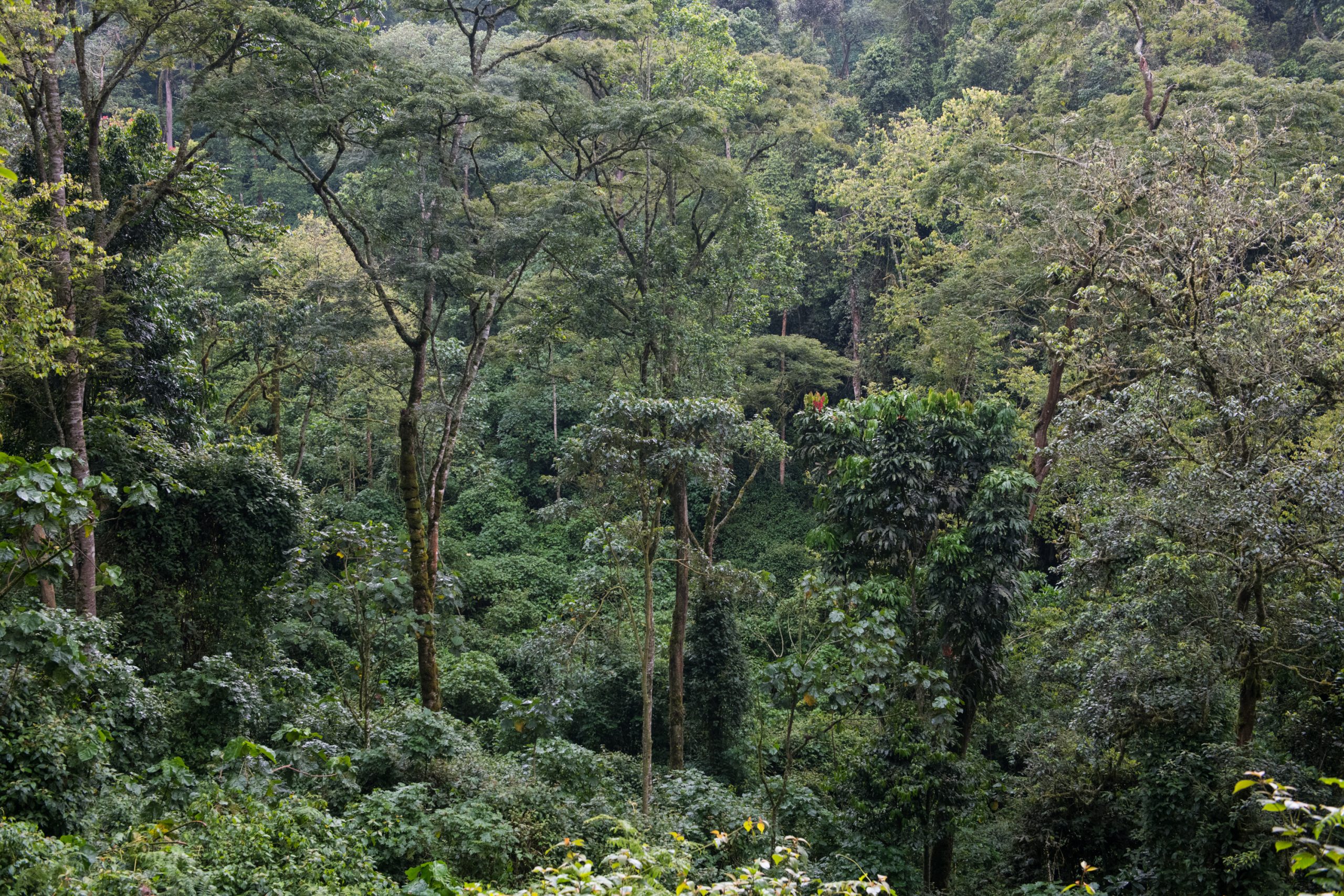

Public health
In the Bwindi Mgahinga Conservation Area, IGCP is collaborating with One Health partners from both conservation and community health organizations with the aim of attaining optimal health for people, animals and the environment.
IGCP also supports health monitoring around the parks. Health monitoring helps to minimize the risk of transmitting diseases to the gorilla groups.
Promoting participation
Participation of local communities in mountain gorilla conservation allows for increased conservation awareness and support for the program. Once local people are involved, they begin to appreciate and embrace the conservation agenda.
IGCP has involved the park adjacent communities in the planning and management of natural resources, empowering communities to take part in decision making processes around natural resource management in their localities.
Community-Based Planning and Monitoring
(CBPM) is a participatory process in which communities are involved in analyzing their situation, identifying and prioritizing development issues and the desired changes for their communities, making action plans to help them address these issues, and implementing and monitoring activities with the support of community-based organizations (CBOs) and civil society organizations (CSOs).
IGCP supports a number of CBOs and CSOs to implement a CBMP approach which enables local communities in the Virunga landscape to express their needs and priorities. Local CBOs and CSOs (representing their own communities) will empower community members to identify their development needs, as well as their strengths, weaknesses, potentials and opportunities, in order to prioritize them and develop community plans.
As the CBMP approach is a bottom-up approach that empowers communities and integrates them in the decision-making process, local community members (including women, marginalized groups, and youths) become key actors in their own development and natural resource management.
Social Assessment for Protected Areas (SAPA)
Methodology is designed to help protected area managers and other key stakeholders increase and more equitably share positive impacts, reduce negative impacts, and monitor these impacts through time. It can be used in any type of protected area, those governed and managed by government agencies, local communities, or the private sector. It uses a multi-stakeholder approach to ensure that key stakeholders are fully engaged in the design, interpretation of the results, and development of recommendations. The SAPA methodology uses a combination of:
- Community meetings to identify the more significant social impacts
- Household survey to explore these social impacts and related governance issues
- Workshop to discuss and interpret survey results, explore key issues, and generate new ideas
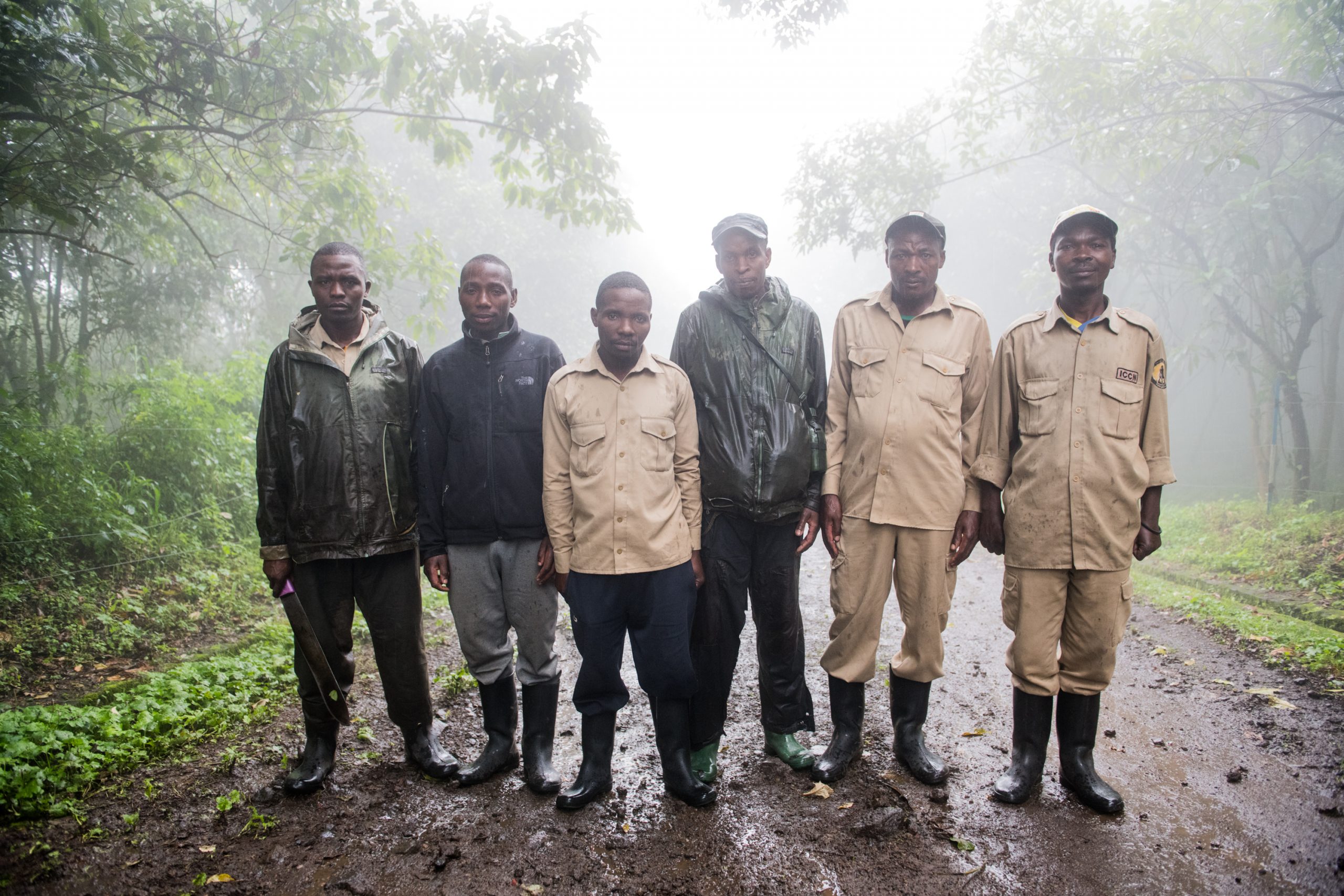
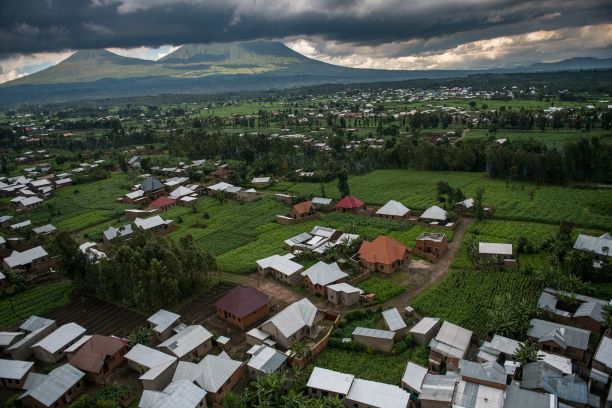
Improving Livelihoods
The success of mountain gorilla conservation hinges on reconciling the conflicting needs of endangered wildlife and the local communities.
The basic survival strategies of the local people pose the greatest threats to wildlife areas, yet it is upon these people that species and habitat protection ultimately depend. To maintain gorilla habitat, we must develop alternative economic options that allow people to meet their daily needs.
Most people living near the forested slopes of the Virunga Volcanoes and the Bwindi Impenetrable Forest are subsistence farmers, surviving below the poverty line and wholly dependent on agriculture. IGCP has helped communities around the parks develop other viable ways of earning a living compatible with conservation objectives.
The development of enterprises linked to tourism is helping to bring in alternative revenue for the community and support forest conservation.
Benefit Sharing
IGCP worked with the Uganda Wildlife Authority (UWA) to develop a revenue sharing program and policy and established mechanisms for its application around Bwindi Impenetrable National Park and Mgahinga Gorilla National Park. Managed by committees including local community representatives and UWA officials, the scheme is used to fund projects for the benefit of communities living alongside the gorilla habitat. Training has been provided in ecotourism and tourist-based enterprise development in conjunction with the Uganda Community Tourism Association.
From 2005, the revenue sharing program has also been operational in Rwanda. The overall goal of the program is “To ensure sustainable conservation of the National Parks with the participation of the neighboring communities by contributing to the improvement of their living conditions.”
Three objectives have been defined:
- Conservation impact objectives: to reduce illegal activities; to ensure sustainable conservation; and to increase community responsibility for conservation
- Livelihood impact objectives: to improve livelihoods by contributing to poverty reduction; to compensate for loss of access and/or crop damage; to provide alternatives to park resources; and to encourage community-based tourism
- Relationship impact objectives (between park and population): to build trust; to increase ownership; to reduce conflicts; to increase participation in conservation; and to empower communities
Sustainable Alternatives
Park adjacent communities rely on the park for resources such as fuel wood, medicinal herbs, water, timber for construction, and wild meat. The dependence on park resources increases human presence in the park, human – gorilla interaction, and risk of disease transmission.
IGCP, under its Sida funded project “Leading the Change,” supports park adjacent communities in the Virunga – Bwindi Landscape with alternative sources of income to empower them economically. This gradually reduces their frequency and dependence on the park for survival.
Enterprises such as bee keeping, garlic and onion growing, cattle rearing, crafts and basketry, and vegetable gardening have boosted household incomes of the park adjacent communities. While reducing their dependence on the park, these skills allow for independence and growth in neighboring populations.
